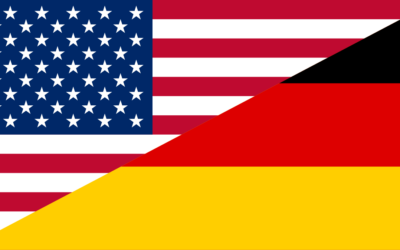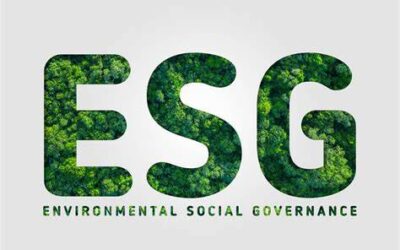Nieuws en Hulpbronnen
Economic forecast 2025: Germany
As a continuation of last week’s topic, today’s article focuses on the 2025 economic forecast for Germany. Germany, long regarded as Europe’s economic powerhouse, faces a challenging period marked by stagnation, structural adjustments, and persistent headwinds. The...
Economic forecast 2025: France
As a continuation of last week’s topic, today’s article focuses on economic forecast for France. France’s economic performance was expected to remain resilient in 2024, supported by public expenditures and robust foreign trade. However, fiscal adjustments and...
Economic forecast 2025: The Netherlands
With many changes in 2024, uncertainty has taken over predictions for 2025 regarding many topics, but especially the economy. Today’s article focuses on economic forecast for The Netherlands. The Dutch economy is poised for a modest rebound following a period of...
Global Economic Overview: 2024 in Review
With a fresh start of 2025, today’s article aims to delve into the economic review of 2024. The global economy displayed remarkable resilience in 2024, navigating through a landscape marked by geopolitical uncertainties, shifting financial conditions, and evolving...
US Elections: consequences for Germany
Today’s article aims to offer insights into possible consequences on the Germany-USA bilateral relations, trade and even economical aspects. Germany finds itself at a critical crossroads, caught between domestic political instability and the implications of a second...
ESG Reporting Update
Today’s article aims to update on the most recent developments regarding norms and software that can be used while reporting ESG, CSRD. Normative Launches Comprehensive CSRD Support to Simplify Sustainability Compliance Carbon accounting software provider Normative...






